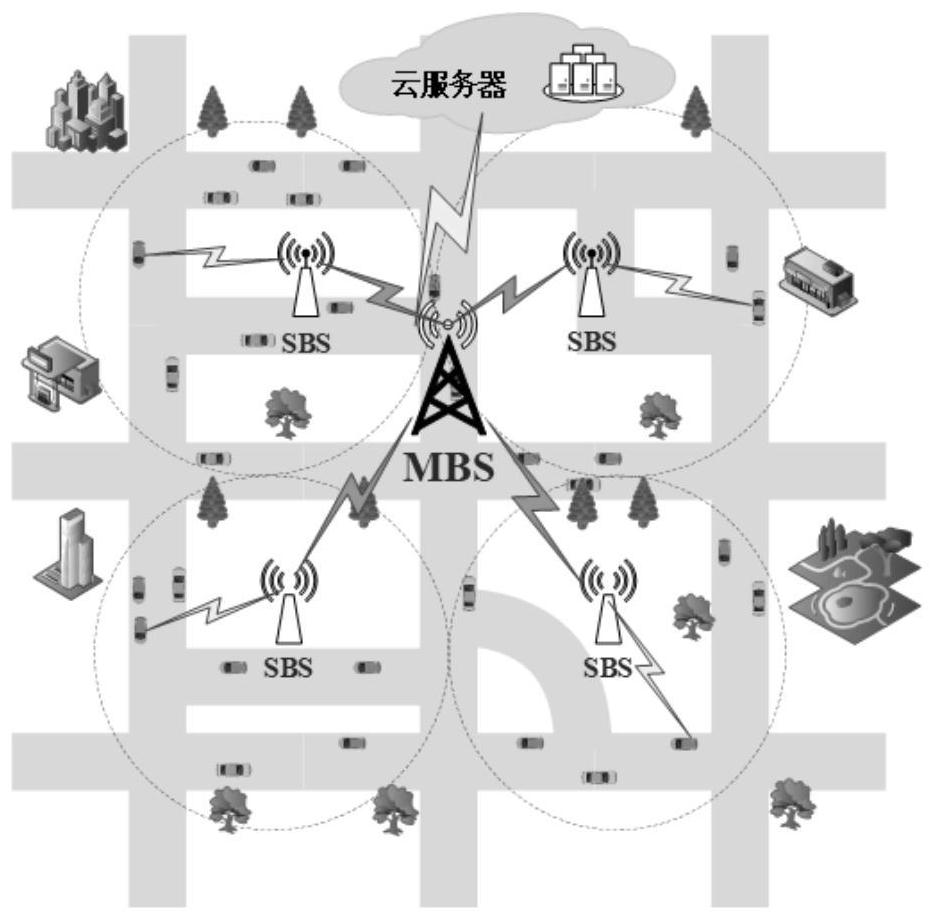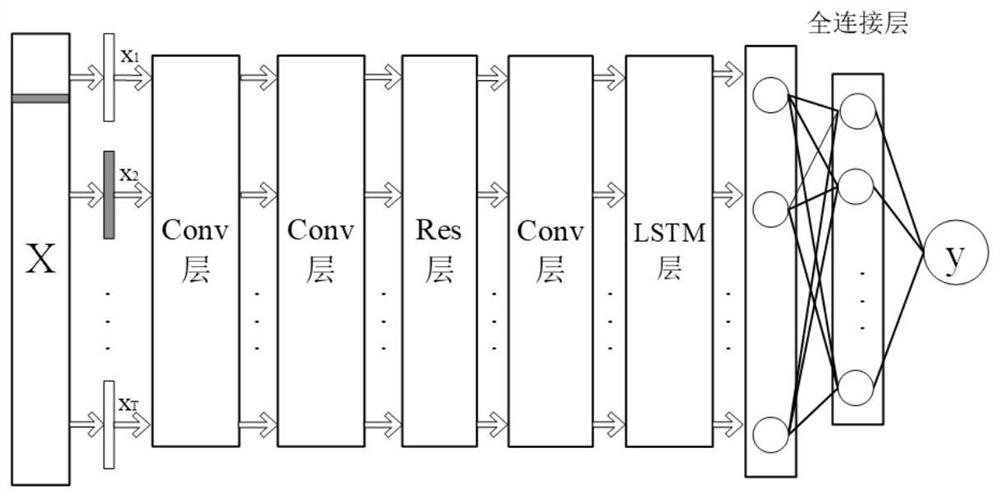Double-layer cellular Internet-of-Vehicles spectrum allocation method based on vehicle number prediction
A spectrum allocation, double-layer cellular technology, applied in location-based services, specific environment-based services, vehicle components, etc., can solve problems such as insufficient spectrum resources, changes in cellular vehicle networking network topology, and high energy consumption of base stations.
- Summary
- Abstract
- Description
- Claims
- Application Information
AI Technical Summary
Problems solved by technology
Method used
Image
Examples
Embodiment Construction
[0064] The technical solutions in the embodiments of the present invention will be described clearly and in detail below with reference to the drawings in the embodiments of the present invention. The described embodiments are only some of the embodiments of the invention.
[0065] The technical scheme that the present invention solves the problems of the technologies described above is:
[0066] The present invention is based on a system model of a double-layer cellular vehicular network, wherein the MBS is responsible for the resource allocation work of each SBS, and the SBS is responsible for the communication work between the vehicle and the base station. The invention mainly solves the problem of resource allocation between base stations, so as to improve the resource utilization rate of the network and balance the resource satisfaction of each SBS. The essence of the resource pre-allocation process between base stations is to introduce deep learning technology to predic...
PUM
 Login to View More
Login to View More Abstract
Description
Claims
Application Information
 Login to View More
Login to View More - R&D
- Intellectual Property
- Life Sciences
- Materials
- Tech Scout
- Unparalleled Data Quality
- Higher Quality Content
- 60% Fewer Hallucinations
Browse by: Latest US Patents, China's latest patents, Technical Efficacy Thesaurus, Application Domain, Technology Topic, Popular Technical Reports.
© 2025 PatSnap. All rights reserved.Legal|Privacy policy|Modern Slavery Act Transparency Statement|Sitemap|About US| Contact US: help@patsnap.com



